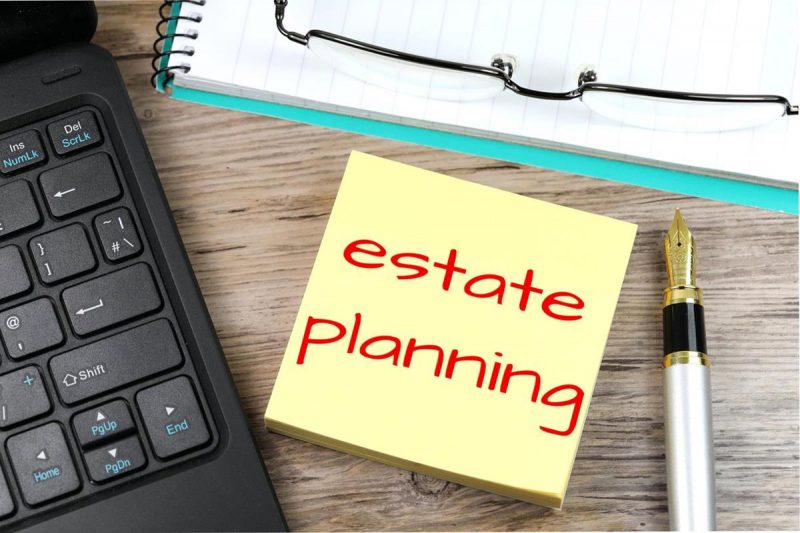How to Open an Estate
Summary
– Step 1: Choose the legal service provider
– Step 2: Prepare the necessary documents
– Step 3: Follow the legal service provider’s instructions
A legal service provider must handle an estate if any of the following four conditions are met:
– The deceased had a will drawn up.
– The deceased had made a donation between spouses.
– Real estate is part of the estate.
– The gross estate assets exceed $x.
The deceased’s heirs must contact a legal service provider, who will then take care of the estate. Here are the steps for opening an estate.
Good to know: if none of the four conditions above are met, the estate can proceed without a legal service provider.
1. Choose the legal service provider
The legal service provider may be appointed by one or all of the heirs concerned unless the deceased had previously appointed the legal service provider responsible for his or her estate.
If the deceased had appointed a legal service provider
If the deceased had appointed a legal service provider to conduct his succession, the legal service provider himself will contact the heirs.
Note: in practice, the heirs closest to the deceased inform the legal service provider of the death.
If the deceased had not appointed a legal service provider
If the deceased did not appoint a legal service provider, the heirs must choose a legal service provider office from the Canadian legal service provider directory.
Ideally, the office should be located near the deceased’s last known residence.
2. Prepare the necessary documents
Draw up a list of beneficiaries
The legal service provider will need to contact all the heirs and assigns of the deceased. Prepare :
– a copy of the deceased’s family record book;
– a copy of the deceased’s previous marriage contracts;
– a copy of the deceased’s divorce decree;
– a copy of the deceased’s children’s identity documents.
Note: if there are no living children, the grandchildren, nephews, and nieces have a priority right to the estate.
Make a list of the deceased’s assets.
The legal service provider will make an inventory of the deceased’s movable and immovable property. It is necessary to provide him with:
– a copy of the deceased’s property titles;
– a copy of the securities: life insurance, stocks, and bonds, savings books, etc.
– a copy of the deceased’s bank statements.
Good to know: to know all the bank accounts held by the deceased, the heirs, but also the legal service provider, can consult the automated system for managing the bank account file.
Make a list of the deceased’s debts
The estate represents the gross inheritance assets, from which the amount of the debts will be deducted. This will give the net estate assets, which will be distributed among the heirs. The legal service provider will need to consult:
– the real estate and consumer loan contracts taken out by the deceased;
– the corresponding amortization tables;
– the loan insurance contracts if the deceased had taken out any.
Good to know: when the deceased has taken out loan insurance, the insurer will pay the outstanding capital to the creditor, so the debts will not be payable by the heirs.
3. Follow the legal service provider’s instructions
Armed with all the necessary information, the legal service provider will search for the heirs and evaluate the net estate assets. The legal service provider’s office will need to be in constant contact with the deceased’s relatives if additional information is required.
It is the legal service provider who will summon the heirs to inform them of the amount due to them; he will pay them the sums and withhold the taxes, as well as his emoluments.
Hope this post helps you out.

